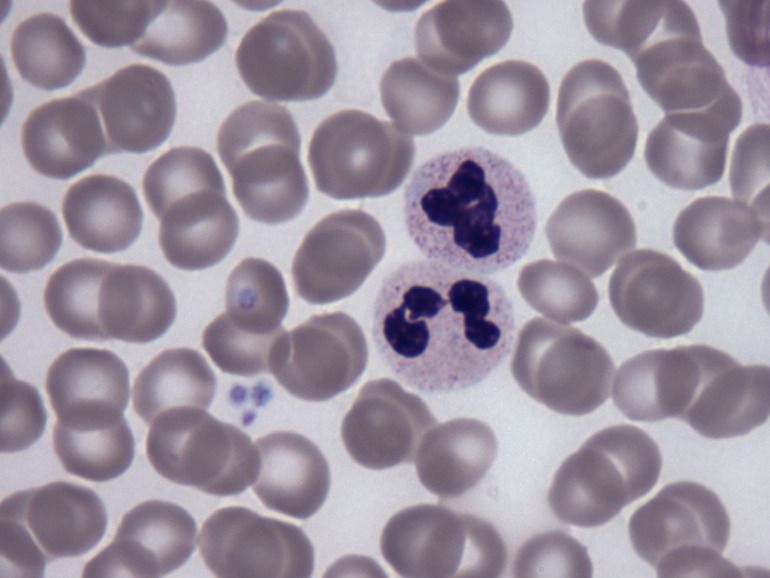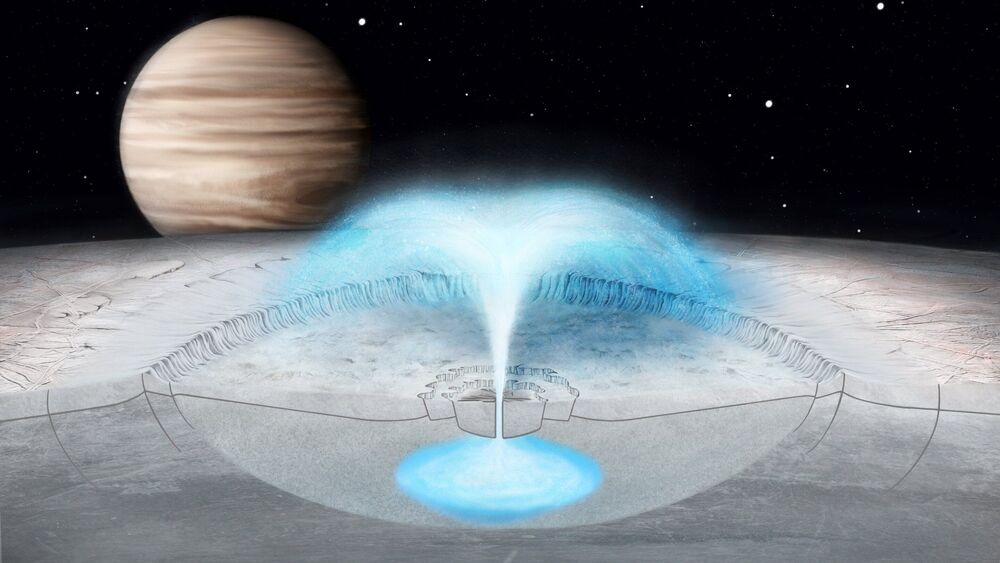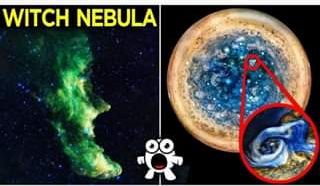Nov 10, 2020
Machine learning advances materials for separations, adsorption and catalysis
Posted by Saúl Morales Rodriguéz in categories: chemistry, robotics/AI
An artificial intelligence technique—machine learning—is helping accelerate the development of highly tunable materials known as metal-organic frameworks (MOFs) that have important applications in chemical separations, adsorption, catalysis, and sensing.
Utilizing data about the properties of more than 200 existing MOFs, the machine learning platform was trained to help guide the development of new materials by predicting an often-essential property: water stability. Using guidance from the model, researchers can avoid the time-consuming task of synthesizing and then experimentally testing new candidate MOFs for their aqueous stability. Already, researchers are expanding the model to predict other important MOF properties.
Supported by the Office of Science’s Basic Energy Sciences program within the U.S. Department of Energy (DOE), the research was reported Nov. 9 in the journal Nature Machine Intelligence. The research was conducted in the Center for Understanding and Control of Acid Gas-Induced Evolution of Materials for Energy (UNCAGE-ME), a DOE Energy Frontier Research Center located at the Georgia Institute of Technology.


















